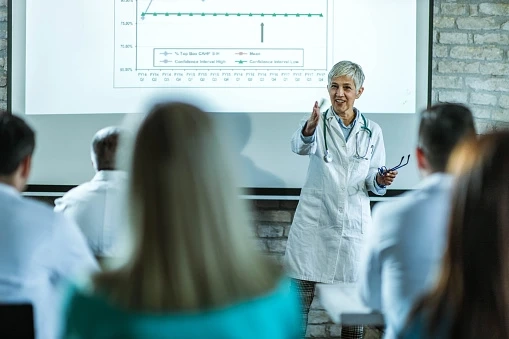Are you considering taking a paramedic course? If so, understanding what is involved in the courses is essential. It’s important to know what type of training and education you need to become a successful paramedic. This post will provide an overview of paramedic courses so that you can make an informed decision.
The Basics of Paramedic Courses
Paramedic courses are designed to train individuals on how to provide medical care in emergency situations. These courses involve both classroom learning and hands-on practical experience. The theoretical portion includes topics such as anatomy, medical terminology, physiology, clinical pharmacology, and patient assessment, while the practical portion focuses on cardiopulmonary resuscitation (CPR), advanced airway management, and other medical interventions.
In addition to learning the necessary skills for providing pre-hospital care, students also learn about safety protocols and how to respond to hazardous materials incidents. They also learn about trauma management, including how to assess injuries and treat them appropriately.
Types of Paramedic Courses
Paramedic courses come in different levels depending on the student’s experience and knowledge base. Entry-level paramedics must first complete basic life support (BLS) training before pursuing more advanced training such as CPR or advanced cardiac life support (ACLS). For those with more experience, there are several other options including intermediate-level paramedics or critical care paramedics who have completed additional training in areas such as neonatal resuscitation or pediatric life support (PALS).
What is Covered in Paramedic Courses?
Paramedic courses cover a wide range of topics, such as anatomy and physiology, pharmacology, medical terminology, pathophysiology, emergency care procedures, trauma management, patient assessment and stabilization techniques, airway management, and ventilation support. Most programs also include clinical rotations in which the student can gain hands-on experience in an actual emergency room setting.
Paramedics must be well-versed in all aspects of emergency medicine since they may have to make life-or-death decisions while on the job. It's essential that they understand how different body systems work together and how medications affect those systems. Paramedics must also be able to assess patients quickly and accurately in order to provide the appropriate treatment for their condition.
What Qualifications Do You Need for Paramedic Courses?
Most states require paramedics to have at least a high school diploma or GED before enrolling in a program. Some programs may also require applicants to pass an entrance exam such as the ACT or SAT test prior to admission into the program. Additionally, most states require paramedics to be certified by either the National Registry of Emergency Medical Technicians (NREMT) or a state board of education prior to beginning their careers. This certification demonstrates that paramedics have received proper training and are qualified to perform their duties safely and effectively.
Conclusion:
If you are considering becoming a paramedic then it's important that you understand what types of courses are available and what qualifications you need in order to enroll in them. Paramedic courses cover many topics related to emergency care ranging from anatomy and physiology all the way through airway management and ventilation support techniques. Most states also require paramedics to obtain certification from either NREMT or their local board of education prior to practicing as professionals. With this knowledge under your belt, you'll be well on your way toward starting your new career as a paramedic!


